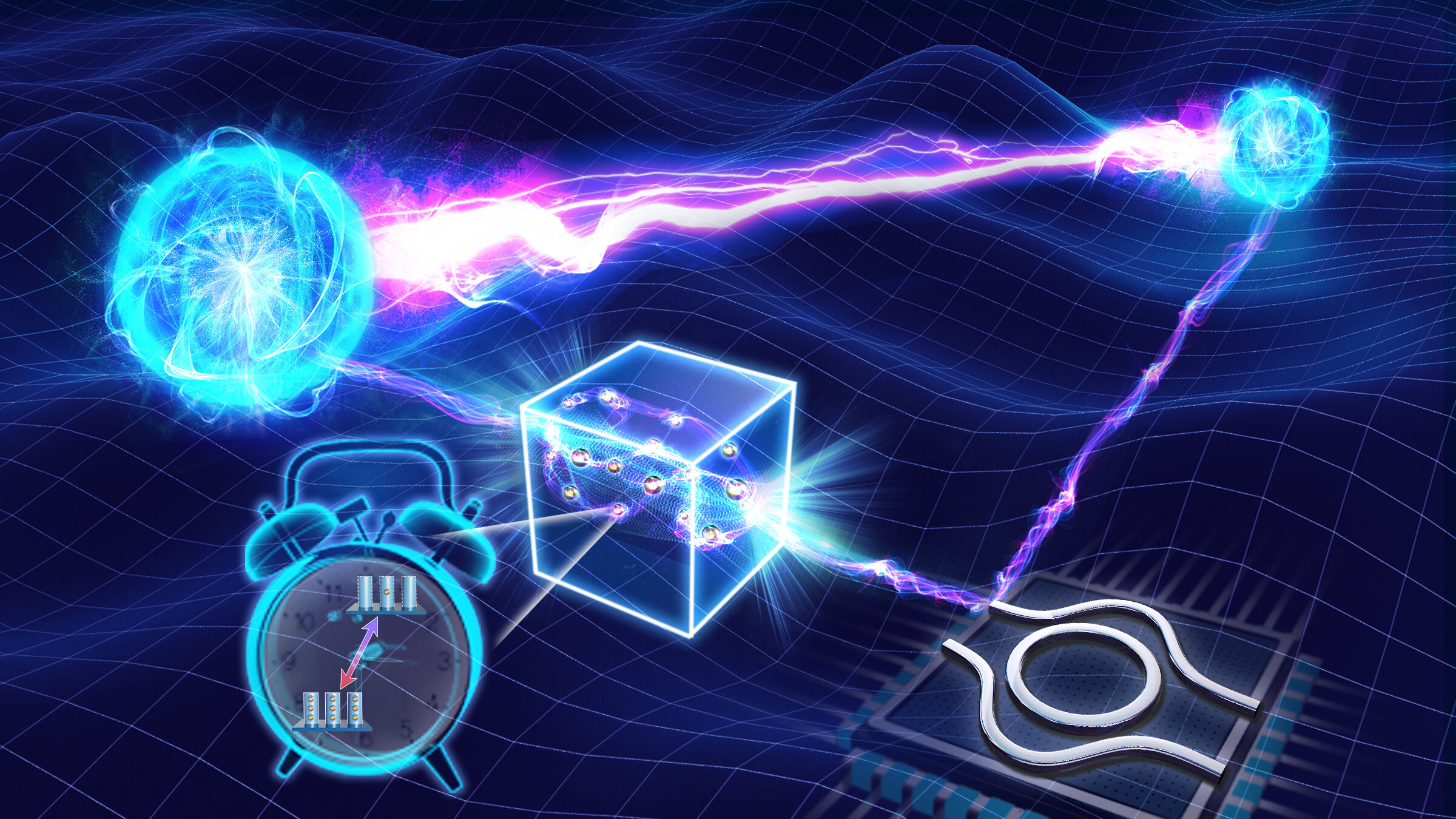Quantum technologies are currently advancing rapidly. These technologies utilize principles of quantum mechanics in engineered systems, offering promising possibilities such as enhanced computational efficiencies and communication security that surpass what is achievable with today’s ‘classical’ technologies.
However, similar to classical devices, quantum devices need to be interconnected to fully realize their potential. In theory, this can be achieved using fiber-optic networks used in classical telecommunications. However, practical implementation requires the reliable storage of information encoded in quantum systems at the frequencies used in telecom networks, a capability that has not yet been fully demonstrated.
In a publication in Nature Communications, Prof. Xiao-Song Ma’s group at Nanjing University presents a breakthrough in quantum storage at telecom wavelengths on a platform suitable for extended networks, paving the way for practical large-scale quantum networks.
The physical infrastructure of the Internet is built upon optical fibers. These networks consist of highly pure glass fibers, with the ability to see clearly through a kilometer-thick window made of such glass. Nevertheless, some losses are inevitable, and optical signals traveling through telecommunications networks need to be periodically refreshed once distances exceed a few hundred kilometers.
For classical signals, established techniques based on repeated signal amplification are commonly used. However, these approaches are not suitable for quantum states of light.
2023-11-29 11:41:03
Original from phys.org rnrn
